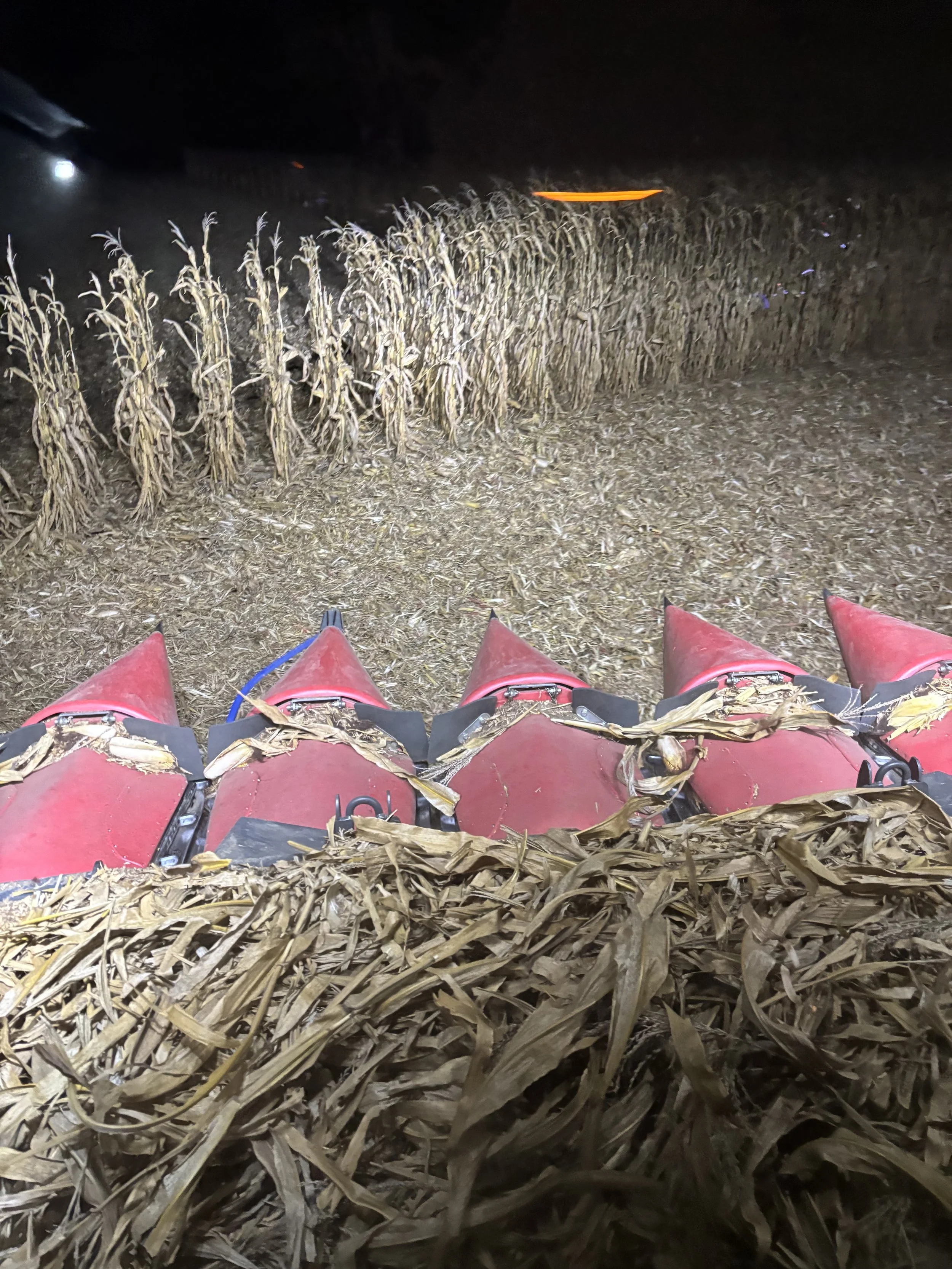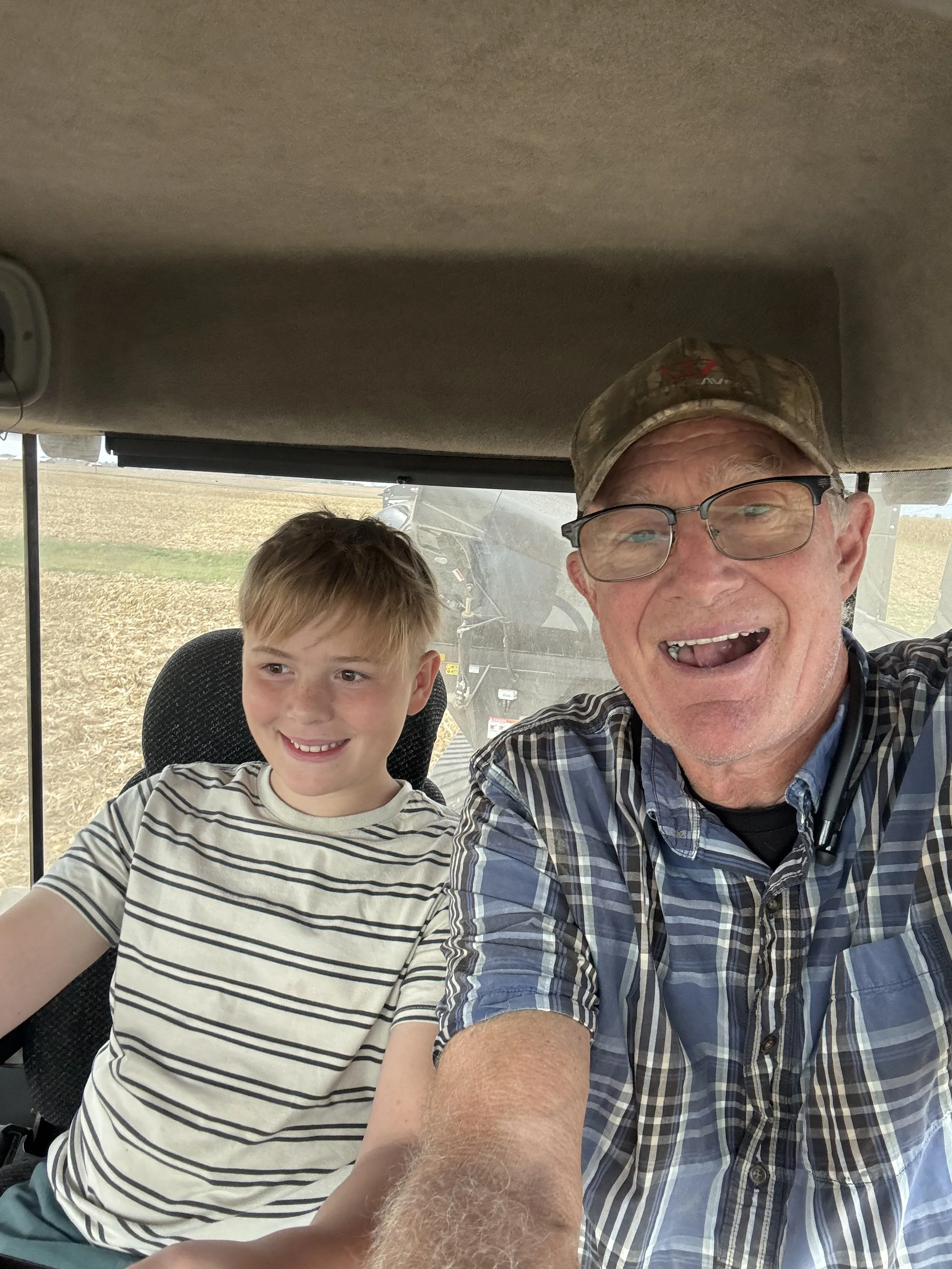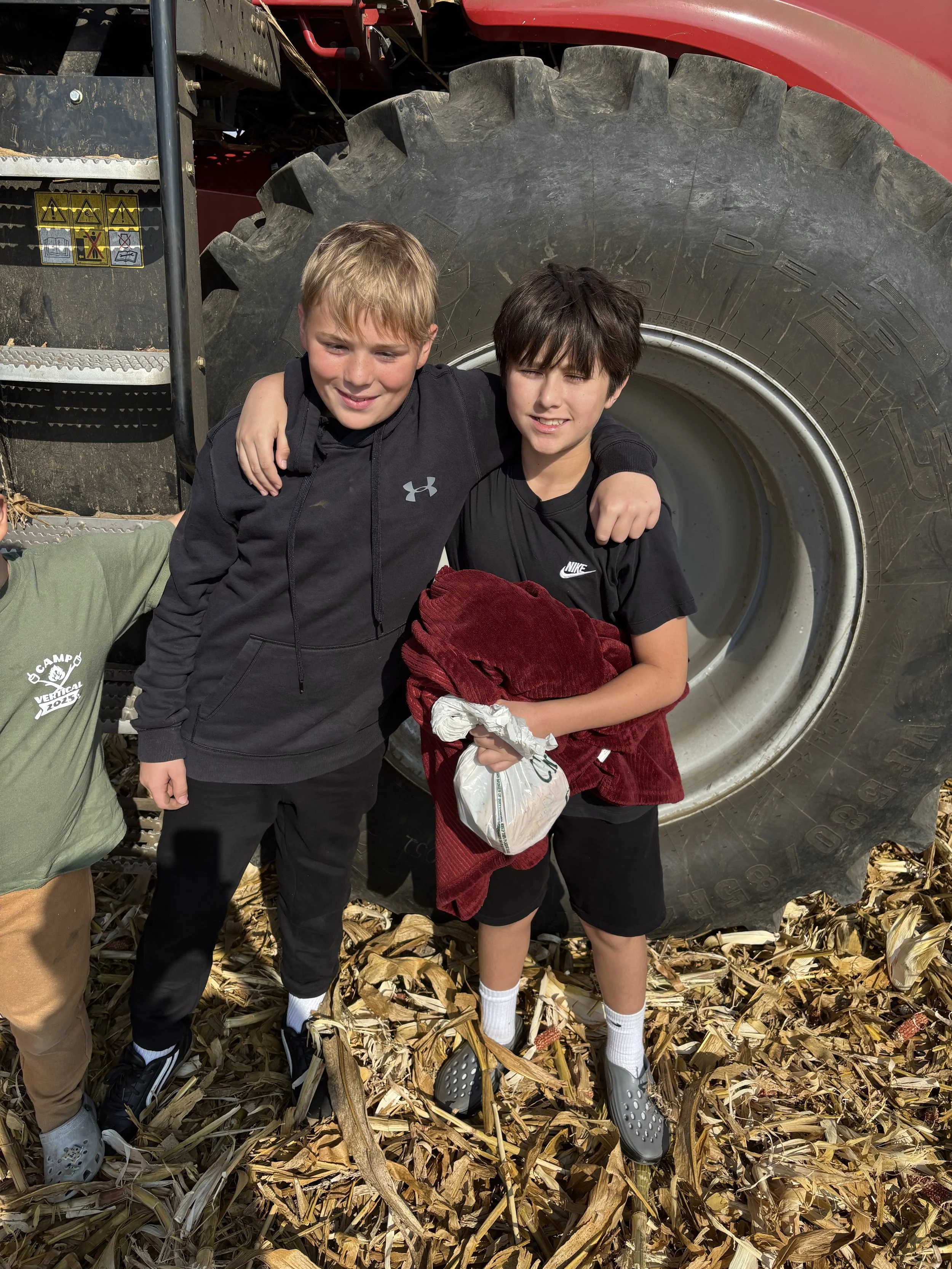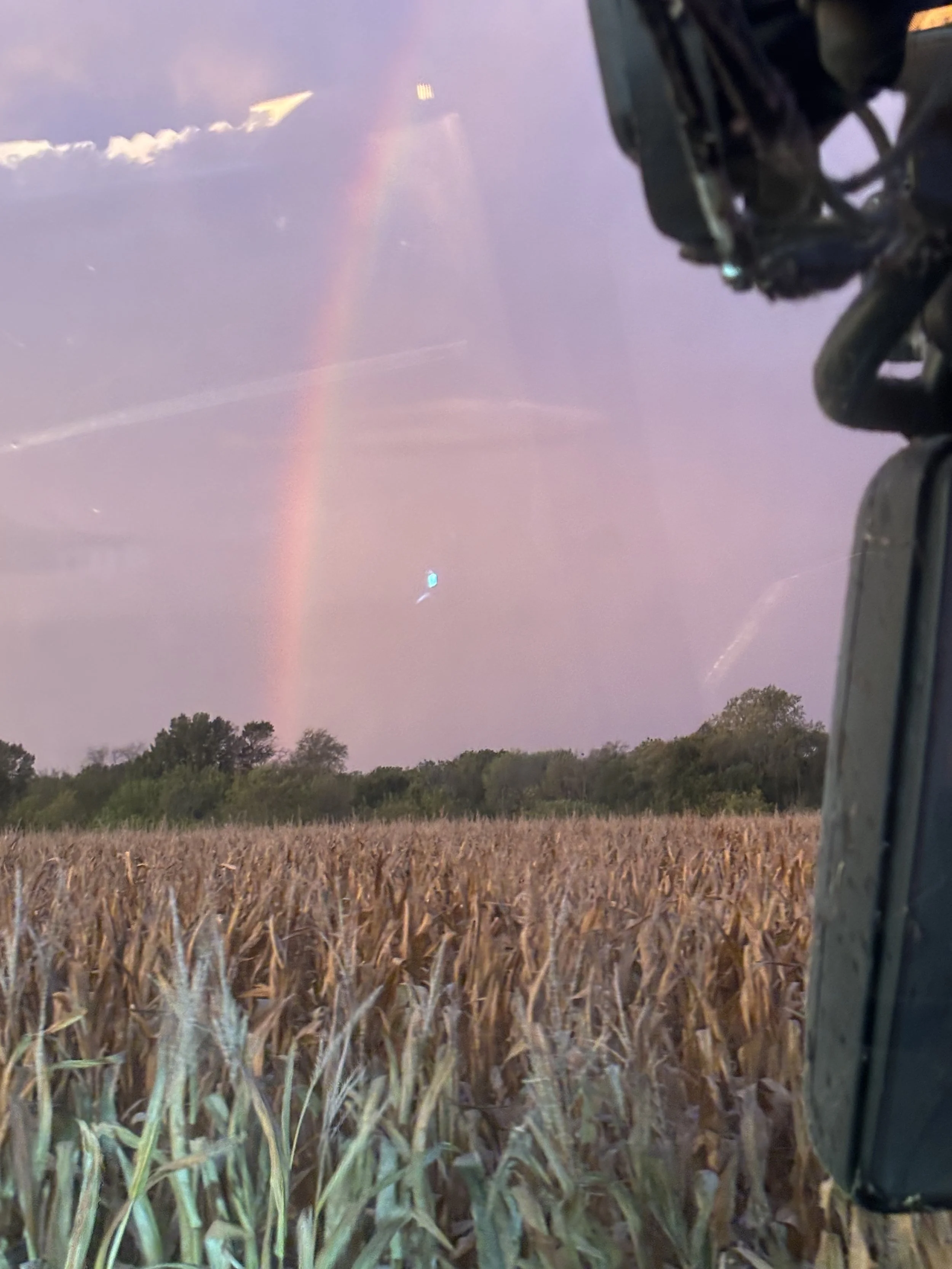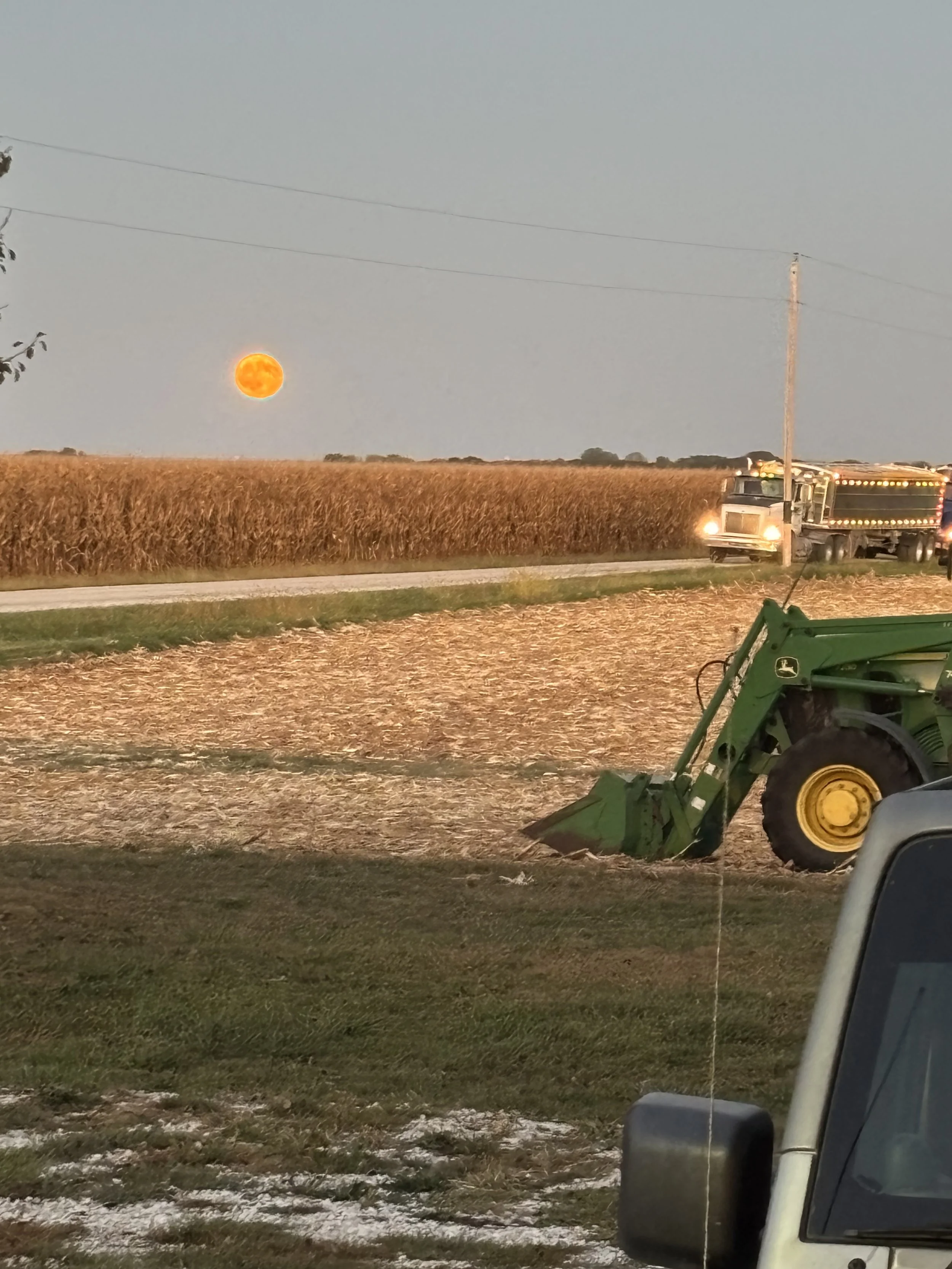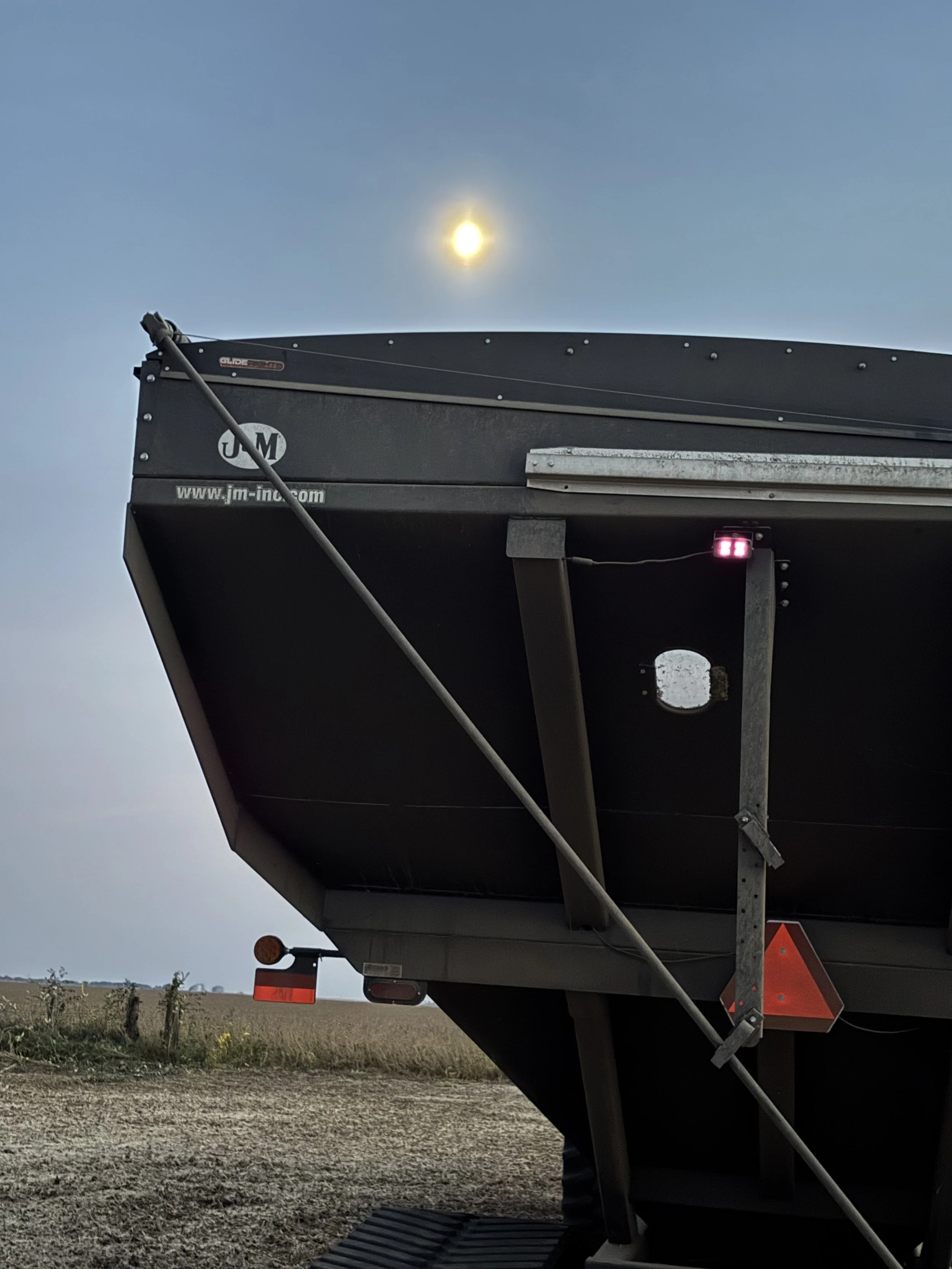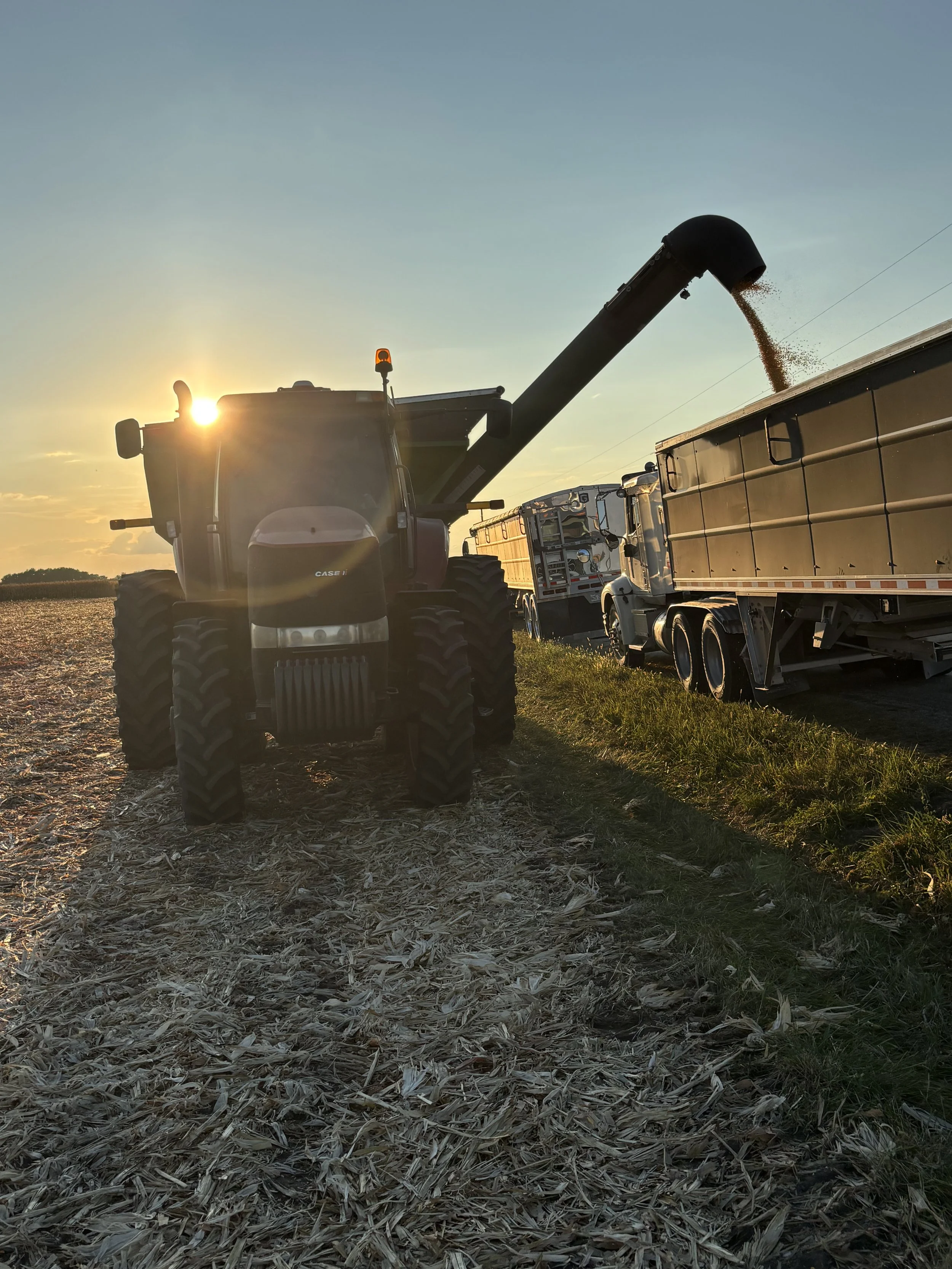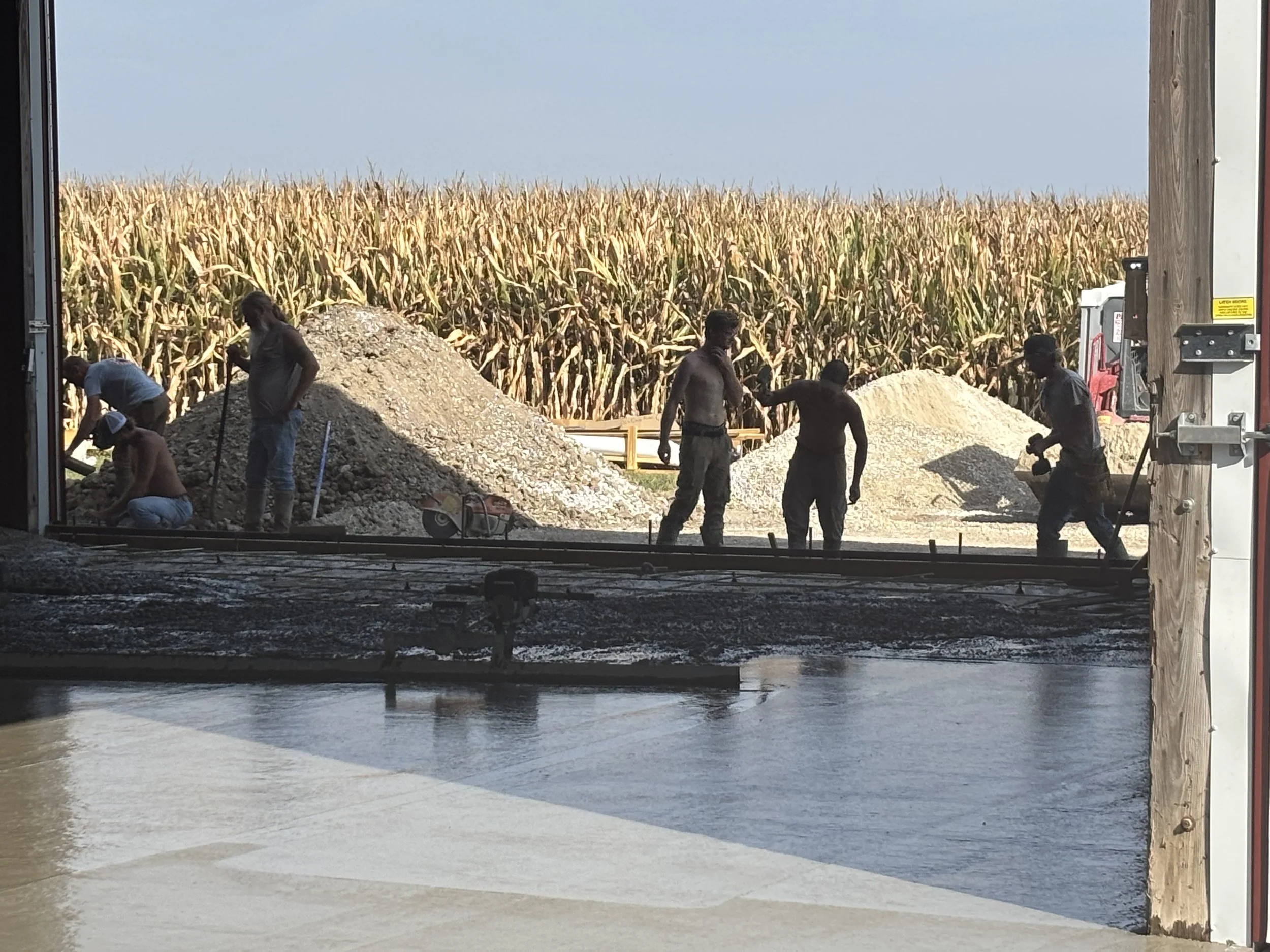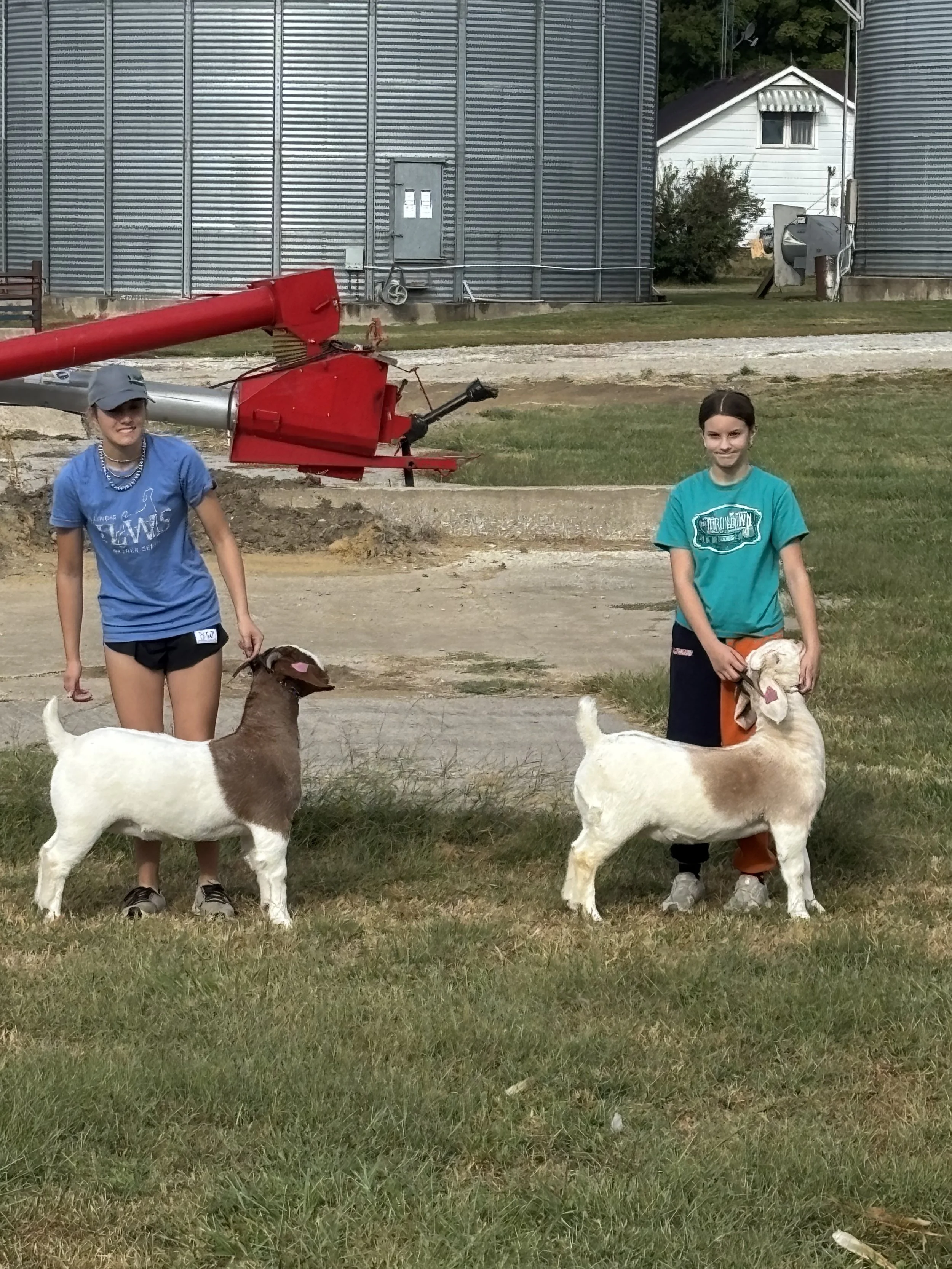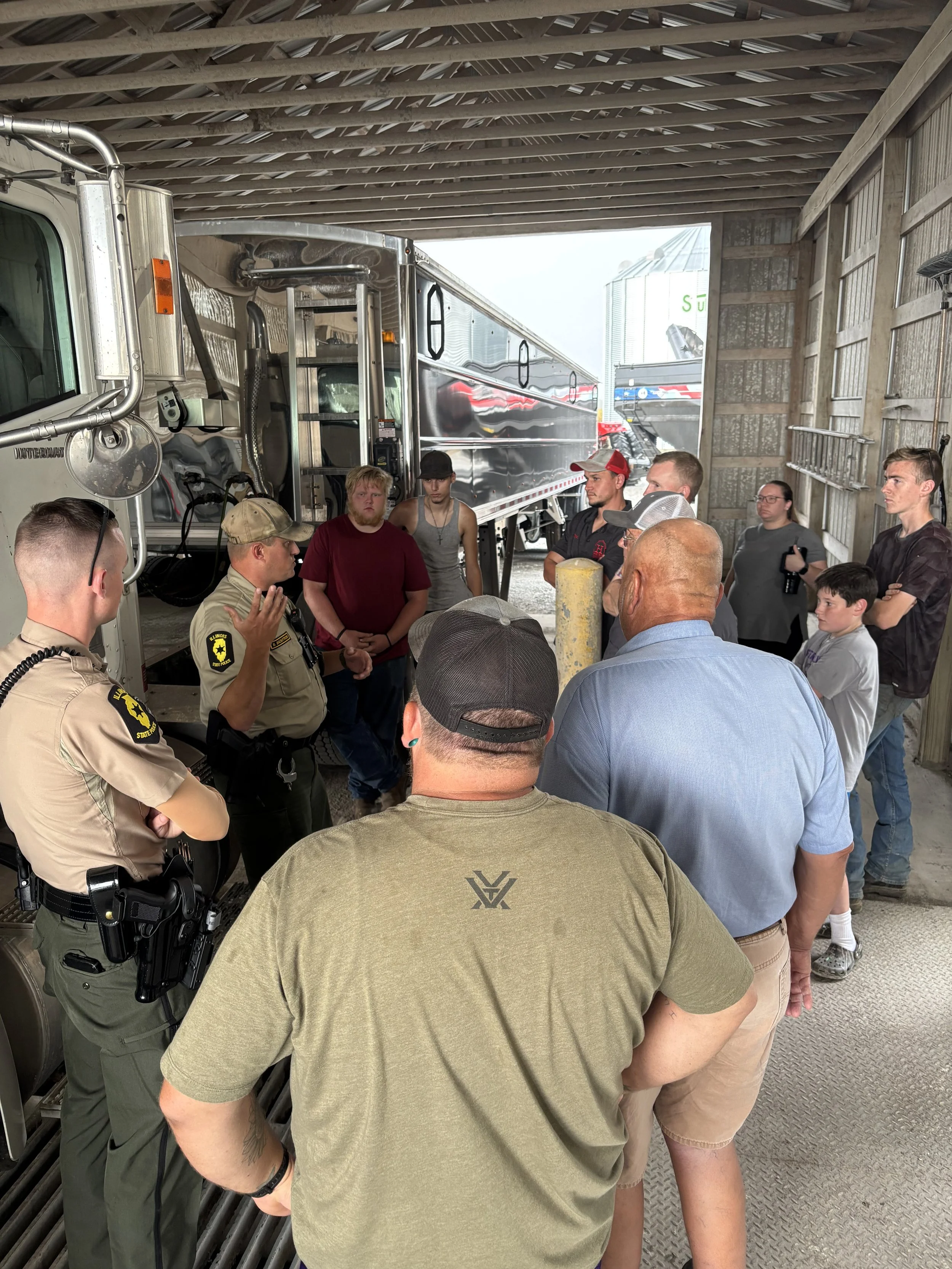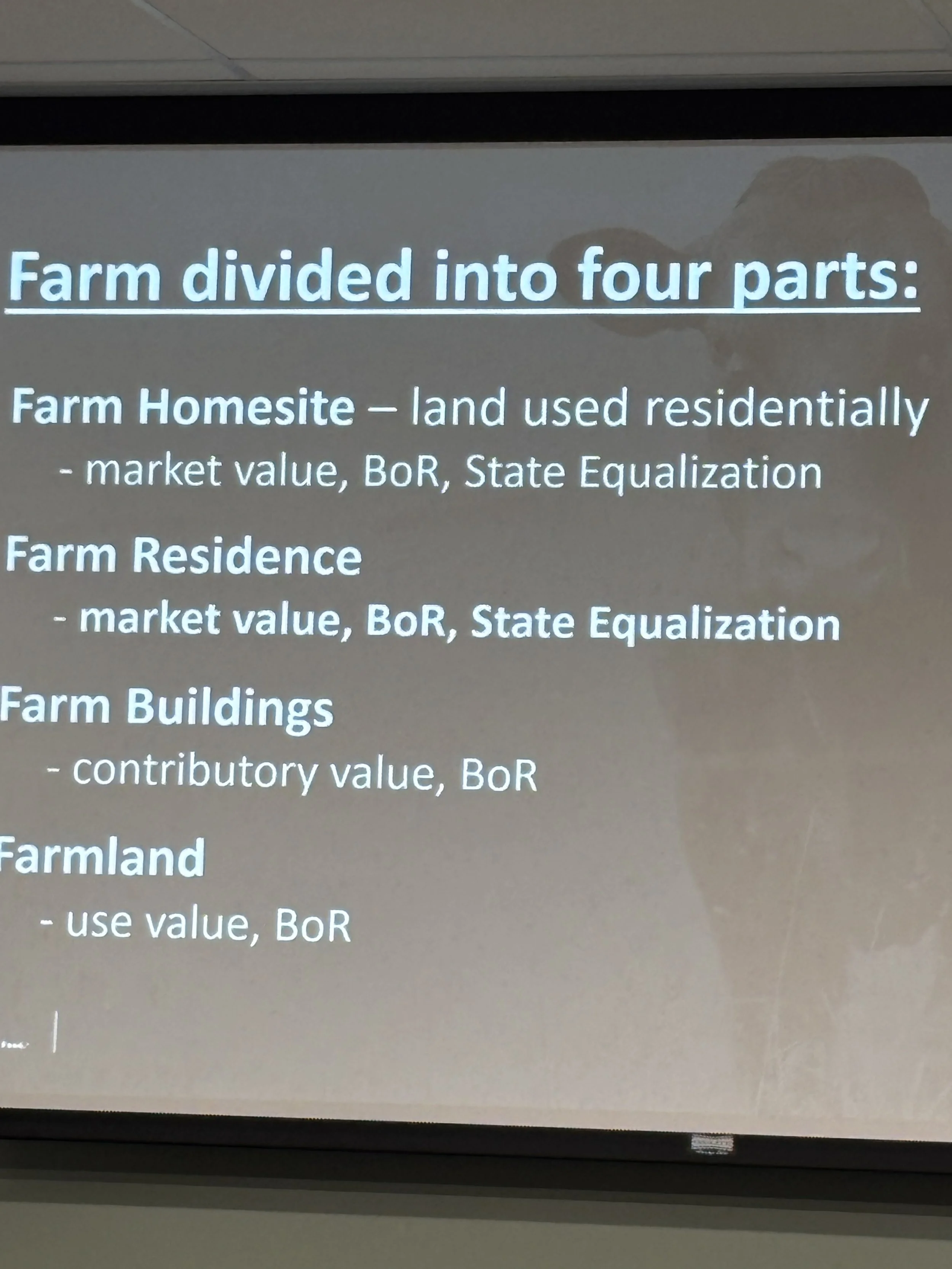Giving Thanks
/






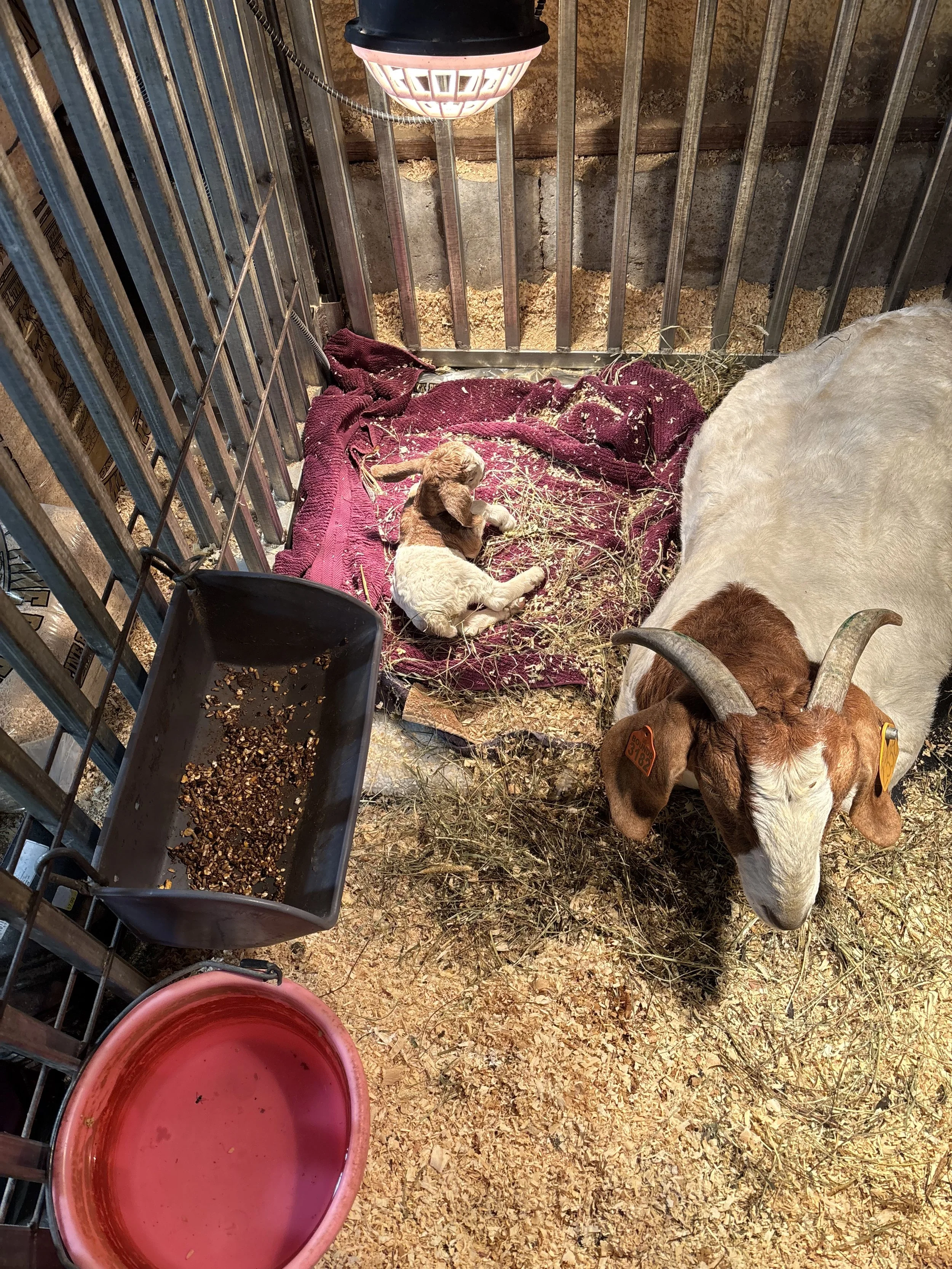
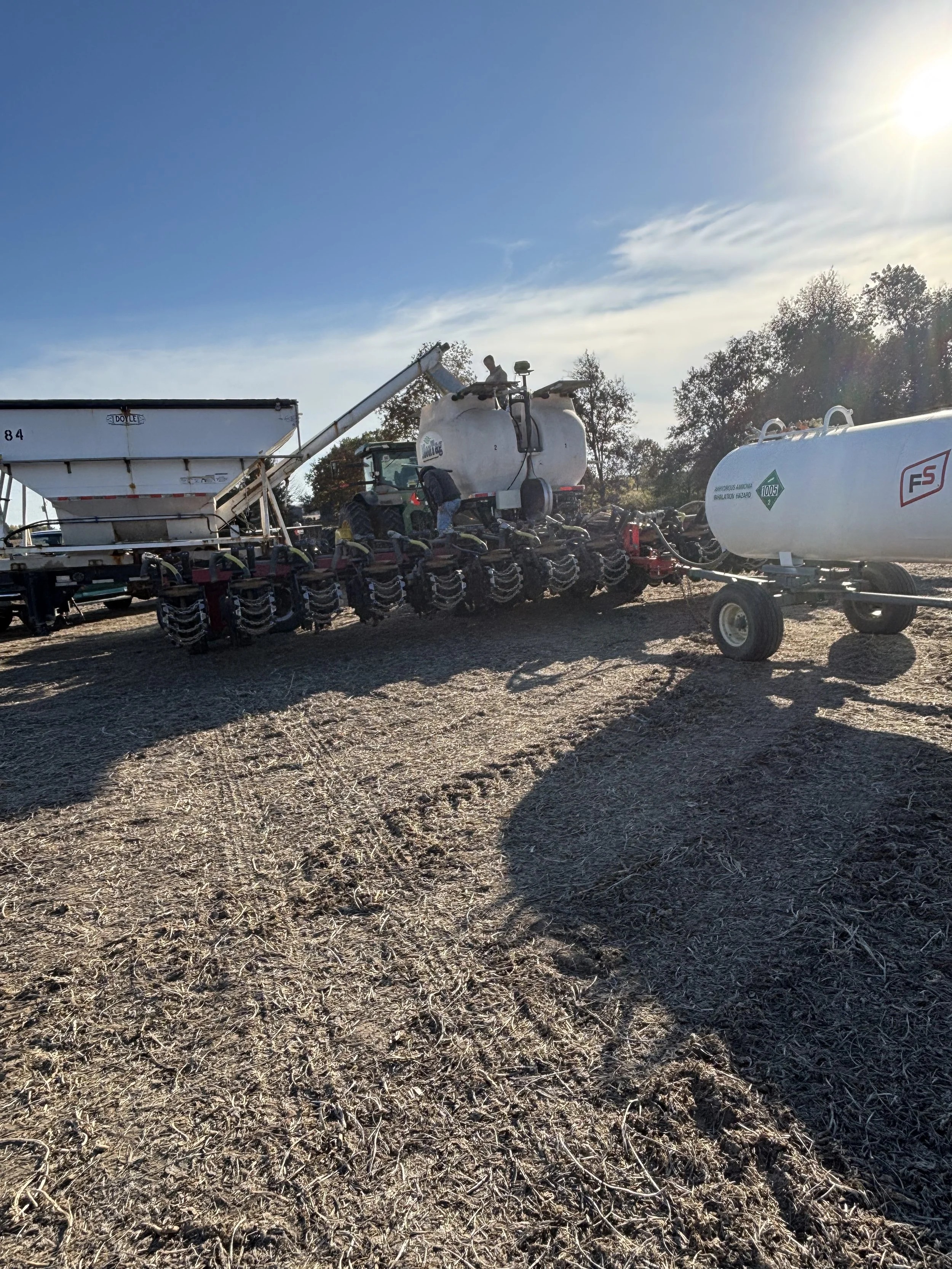
Partners & Friends,
As we pause this holiday week to enjoy time with family and friends, it’s natural to reflect on all we’re thankful for. Looking back at the origins of this holiday helps us remember how it came to be. The early American settlers—the Pilgrims—endured and overcame great hardship, yet still took time to give thanks for the blessings God had bestowed upon them. Later, in the midst of national strife and division, President Lincoln declared Thanksgiving a national holiday.
Now, as a very blessed and comfortable people, we can pause to recognize how fortunate we are and take stock of all we have to be grateful for.
At Hess Family Farm, here’s a short list:
Family that is healthy and thriving
A very bountiful corn and bean crop this past year (despite limited rainfall)
New life, as Elisha joined us on June 1, 2025
A family seeking and following Jesus
A great employee team—shoutout to Hayden, Ryan, Chuck, Randy, and everyone else!
The privilege of working in and enjoying God’s creation each and every day
A super successful goat showing season
Great friends
Bible-believing churches
Our families’ heritage—the struggles and sacrifices that brought us to where we are
Two granddaughters thriving in college
Wonderful neighbors
Our own beef supply
Good coffee
Trees that provide shade and wood for the fireplace
Goat babies to remind us of the wonder of new life
Cousins
Musical gifts
Modern farm equipment
We hope you’ll pause, make a list of your own, and truly reflect on one of the greatest blessings: Jesus! Stay warm, enjoy the snow, gather your loved ones close, and cherish those relationships.
Steve



